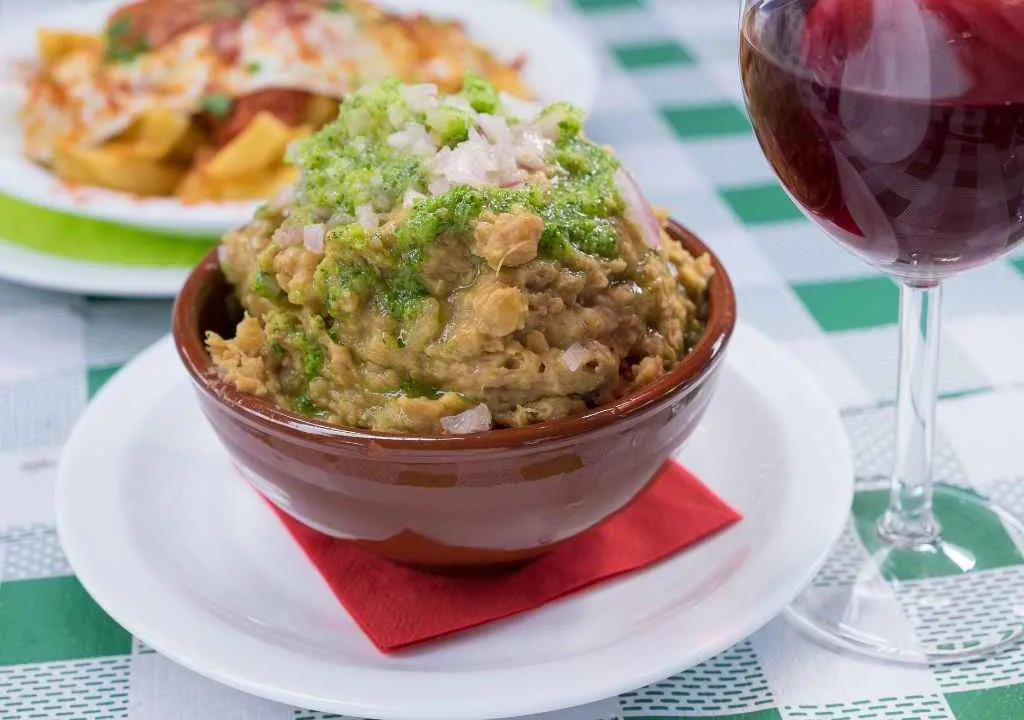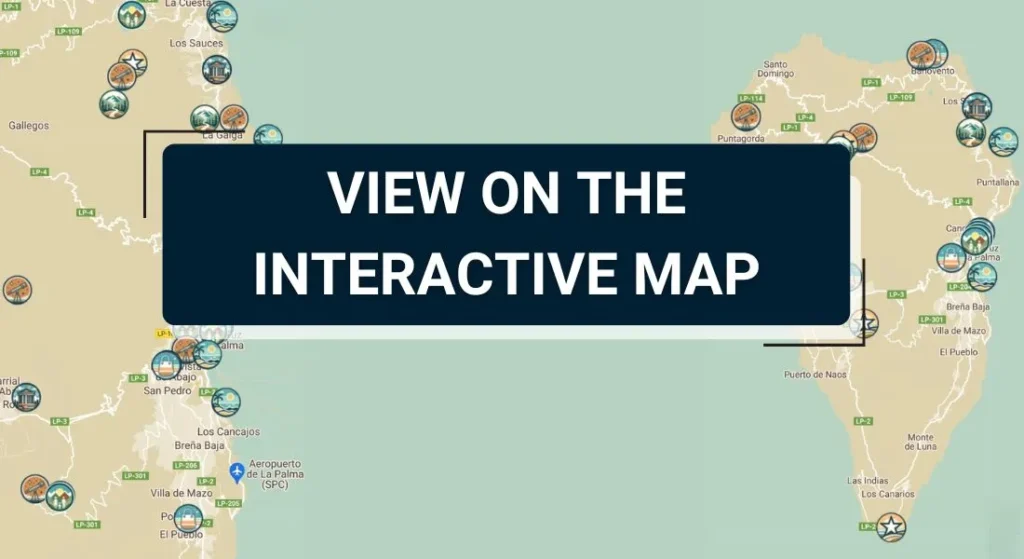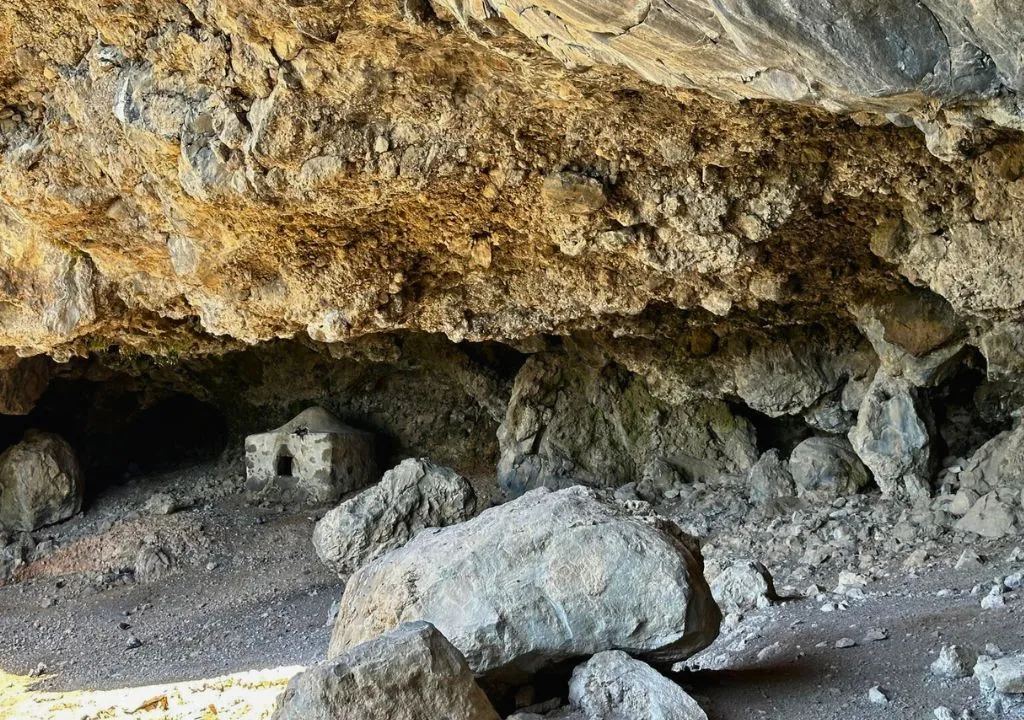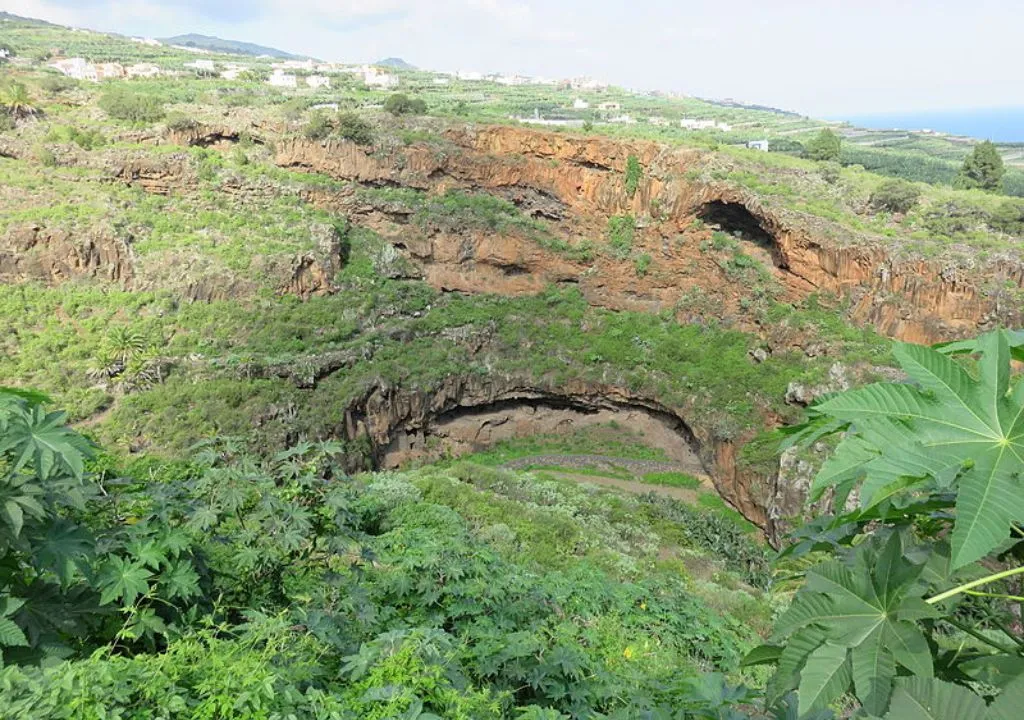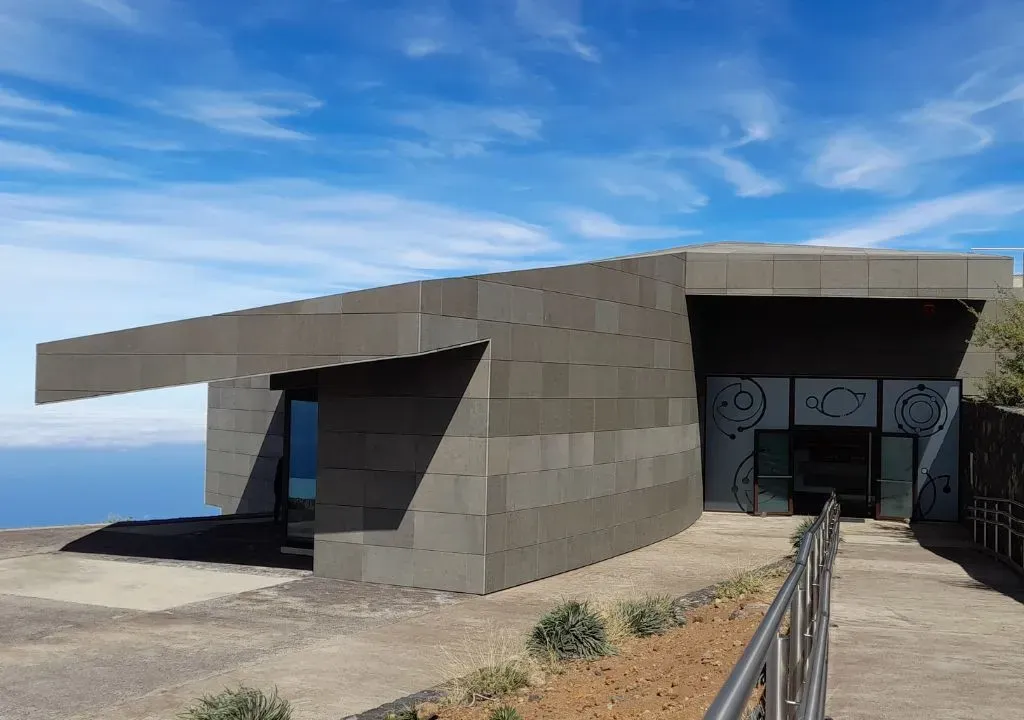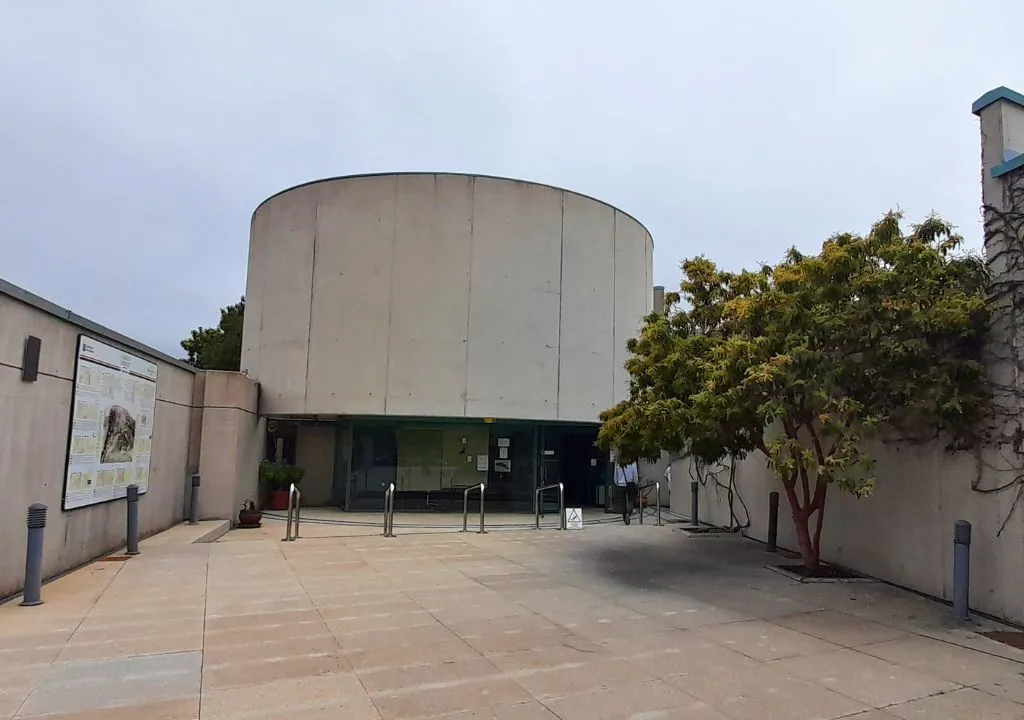In Las Tricias, Garafia, one of the most authentic corners of northern La Palma, you’ll find the Gofio Museum (MIGO), a beautifully restored mill that connects visitors with the history of one of the Canary Islands’ most symbolic foods.
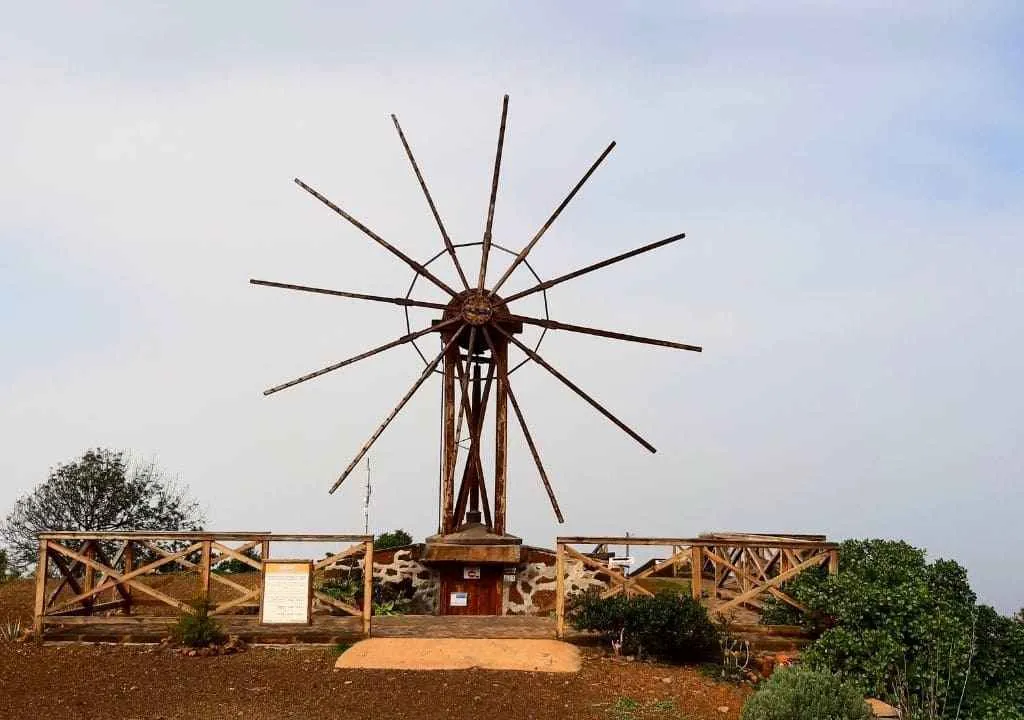
Useful Information
| Detail | Information |
|---|---|
| Address | Molino de Las Tricias, Garafía, La Palma |
| Opening hours | Monday to Friday: 10:00-16:00 Saturday: 09:00-17:00 Sunday: 10:00-16:00 |
| Best for | Culture lovers, families, hikers |
| How to get there | By car: follow the LP-114 road towards Las Tricias, then take Calle El Polvillo. On foot: along the Buracas trail. |
| Admission | Free entry |
| Extra | Astronomical viewpoint next to the museum |
A Museum with Soul: The Mill Reborn
The Gofio Museum of Las Tricias is located in a century-old mill that operated until 1954.
For decades, it was a gathering place for the people of Garafía, and it still preserves its original structure and machinery.
In 2000, the Garafía Town Council acquired and restored the building, and in 2016 it reopened as a museum.
Today, visitors can walk through its rooms and discover firsthand how gofio was traditionally produced.
Panels, original tools, videos, and a live demonstration of the grinding process make this a dynamic and educational experience.
It’s a journey through time that brings the island’s culinary roots to life.
A Food That Connects Generations
Gofio is more than flour, it’s part of the Canarian soul.
Made from toasted cereals like corn or wheat, this food was already eaten by the Guanches, the Canary Islands’ ancient inhabitants.
For centuries, it has been an essential source of energy for islanders.
Its flavour, nutritional value, and cultural importance have turned gofio into a true symbol of Canarian identity.
Local Tip
- The Las Tricias Mill is a perfect stop if you’re hiking the Buracas Trail, one of the most beautiful routes in northwest La Palma.
- You can visit the museum during your walk, take a break, and enjoy the peaceful rural setting, ancient dragon trees, caves, and breathtaking views of the ravine and the ocean.
- It’s the perfect plan to combine culture, landscape, and tranquillity.
Traditional Mills: Living History Among Fields and Ravines
Before electricity or supermarkets existed, mills were the heart of rural life in La Palma.
They were not only places to grind grain but also meeting points, where people shared stories, news, and the comforting aroma of toasted cereals.
For centuries, the island’s farmlands were filled with wheat, corn, barley, rye, millet, and legumes.
To turn these grains into gofio, both windmills and watermills operated across the island.
The municipality of Garafía had the largest number of mills, though others existed in Puntallana, Puntagorda, Tijarafe, Mazo, Breña Alta, and Barlovento.
The Las Tricias Mill, now home to the museum, began operating in 1908.
A few years later, in 1915, it was moved to its current location, where the wind was stronger and more constant.
It was built by Antonio Acosta Rodríguez, using a system created by Isidoro Ortega Sánchez, who revolutionized Canarian mills by replacing cloth sails with wooden blades made from tea, the hard heartwood of the Canarian pine.
Around the mill, farmers once grew lentils and cereals, and on the nearby hilltop you can still see a threshing floor, where cows helped separate grain from chaff.
From every corner of Garafía, neighbours would arrive with sacks of grain on mules or horseback, waiting their turn to grind.
Today, this place not only preserves that memory, it’s also part of a wider space that includes the Buracas Astronomical Viewpoint, right next to the museum.
A magical spot where history, landscape, and starlight come together.

